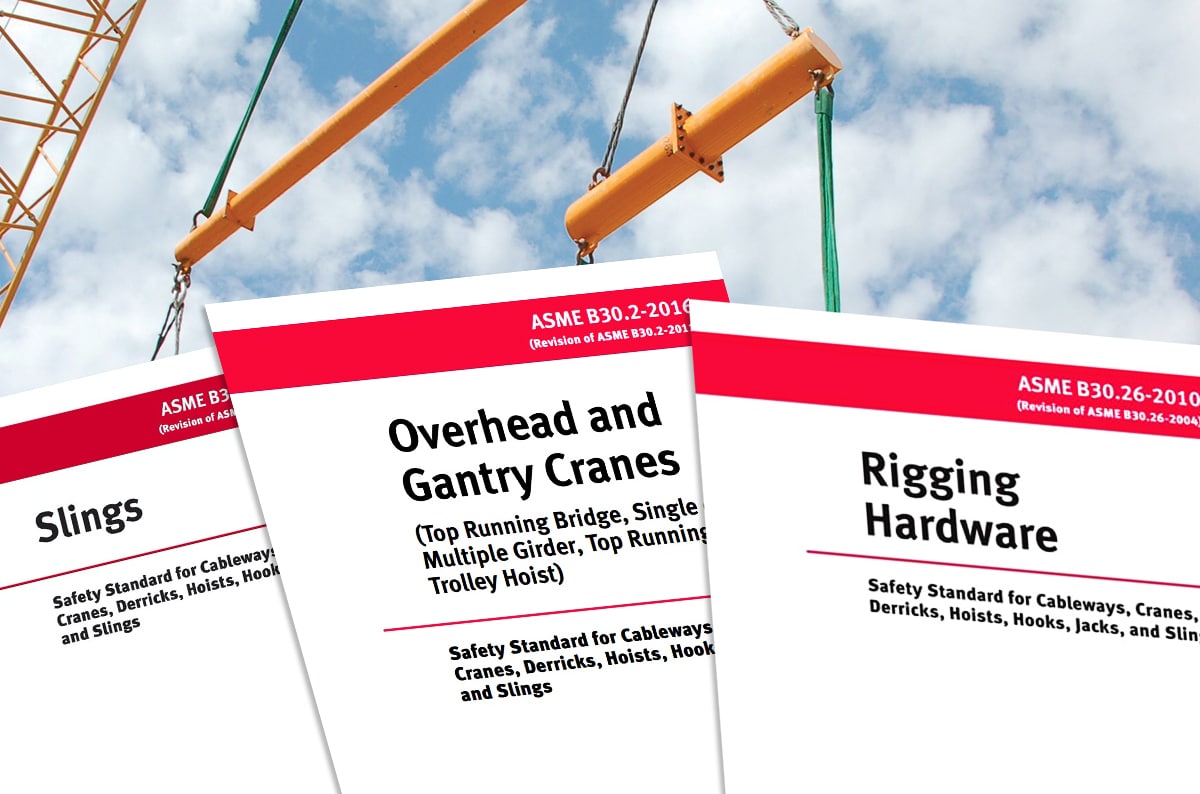

Crane configuration, such as counterweight used, jib stowed or erected, lifting from main hoist or jib, jib length and offset angle, maximum load radius, number of parts of load line, size of load line, boom length, boom angle at origin and at destination, boom and load clearance distance, boom point elevation, etc.At a minimum, the lift plan should include the following information to determine whether the lift can be safely made: Sources of possible failure should be evaluated, including the crane’s stability, structure, and other components (rigging, hoist line, etc.). Some lifts require only information about the crane’s configuration, load and rigging, and rated capacity for others, engineering drawings of the crane and/or the load, load charts, crane matting, etc.


Lifts that involve turning or flipping the load, which can result in “shock loading” or “side loading”.Lifts in congested areas where structures, pipelines, power lines or other obstacles are located.Other examples of critical lifts include the following: The first step in establishing a corporate mobile crane lift-planning requirement is to define the term “critical lift.” According to the Construction Safety Association of Ontario, a critical lift is one where the load weight is heavier than 75 percent of the rated capacity (Campbell and Dickie, 227). However, critical lifts require more extensive planning and oversight by qualified persons. Even noncritical lifts require knowledge of the weight of the load (and other components considered to be part of the load), the configuration of the crane, the rated capacity of the crane at its lift configuration, and factors that may affect the crane’s rated capacity in order to make a “go/no-go” decision. Therefore, establishing criteria for “critical lifts,” preparing formal lift plans, understanding the factors that affect rated capacities of mobile cranes, ensuring equipment is in good condition, and ensuring only qualified and trained personnel operate the equipment are all important components in preventing mobile crane incidents.Īll crane lifts require some level of planning, whether the load is a mere half-ton or more than 2,000 tons. “People do not plan to fail, they fail to plan.” As a result, less-than-adequate crane lift planning encompasses most, if not all, of the above causal factor categories.


 0 kommentar(er)
0 kommentar(er)
